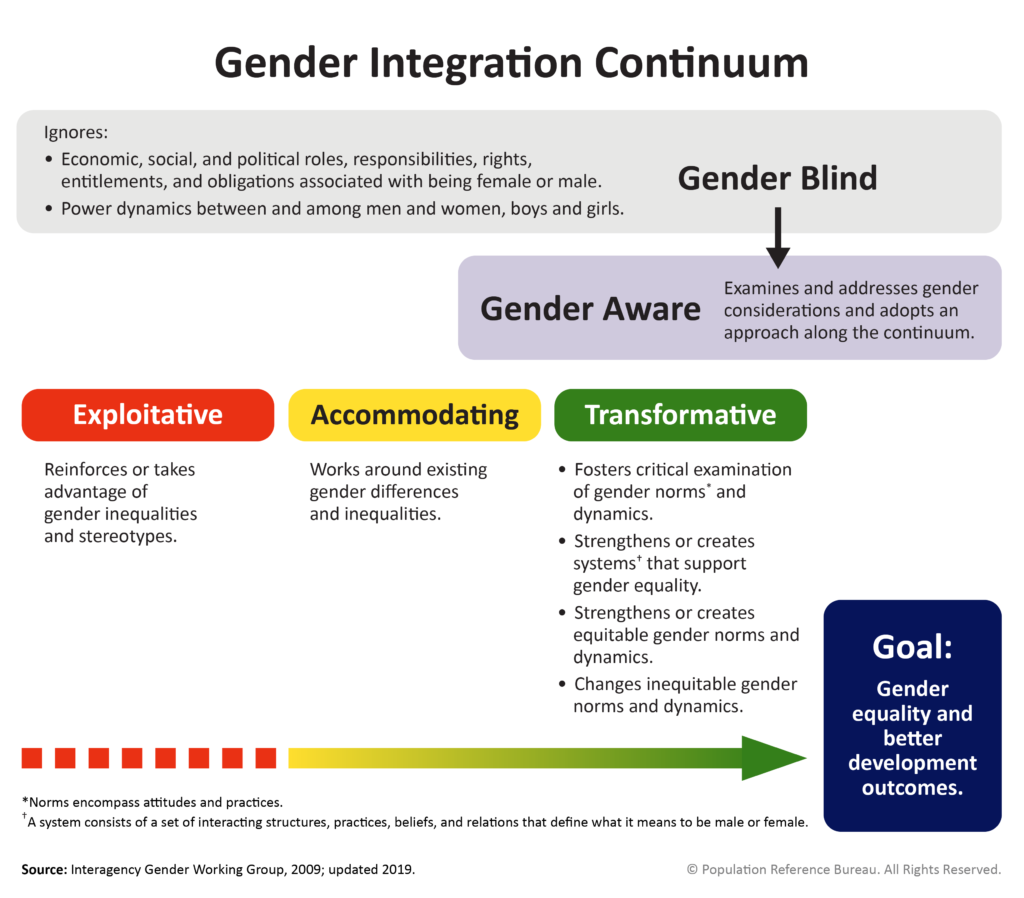This checklist is designed to help national statistics offices and other national research and data institutions and research teams to think through the steps needed to produce high-quality survey data on intimate partner violence—from the planning stages to analysis, report write-up, and dissemination of accurately interpreted findings.Read More
Technical Guidance
Learning From MOMENTUM: Community Engagement and Systems Strengthening Approaches to Addressing Gender-Based Violence
Published in recognition of the 2023 16 Days of Activism against Gender-Based Violence (GBV) campaign, this brief highlights six innovative approaches—related to community engagement and system strengthening—for addressing GBV. The case studies from three MOMENTUM projects offer practical insights for gender experts, practitioners, and advocates, particularly those working in GBV prevention and response, to apply and adapt in their own work.Read More
Women’s Empowerment Group Operational Guidelines
Designed for use by any group, organization, or individual interested in systematically supporting and promoting women’s empowerment (with a focus on health-related issues), these operational guidelines provide step-by-step instructions on implementing the Women’s Empowerment Group (WEG) model. The WEG model explores the process of establishing secure environments for women to gain insights into maternal, newborn, and child health and nutrition and the advantages of offering savings and loan options to women lacking access to conventional financial systems, thereby enhancing their decision-making roles and overall well-being.Read More
A Guide to Better Understanding and Using Violence Against Women Prevalence Data
This guide presents an overview of the basic concepts and principles of violence against women (VAW) prevalence data, including why it is needed, what it can tell us and what it can be used for. This guide is intended for researchers, activists, policymakers, communication experts and journalists who are interested in better understanding survey data on violence against women and in better using such data for data-driven policy, programming and advocacy.Read More
Gender Transformative Approaches for the Elimination of Female Genital Mutilation
This technical note provides an overview of gender transformative approaches to ending female genital mutilation (FGM) including program strategies, reference tools and resources, and case studies based on recommendations from the UNFPA-UNICEF Joint Program on the Elimination of Female Genital Mutilation: Accelerating Change, as well as UNICEF’s experience in implementing programs addressing FGM.Read More
Using Social Media to Drive Public Health Outcomes: Social and Behavior Change Communication Lessons Learned
In late 2020, Meta approached CARE USA with an intriguing question: What if social media could drive social and behavior change for positive public health outcomes? Download this playbook to learn how CARE tested these methods and learn how to use social and behavior change communication tactics to increase awareness about public health, gender-based violence, economic resilience, food security, climate change, and education. Read More


